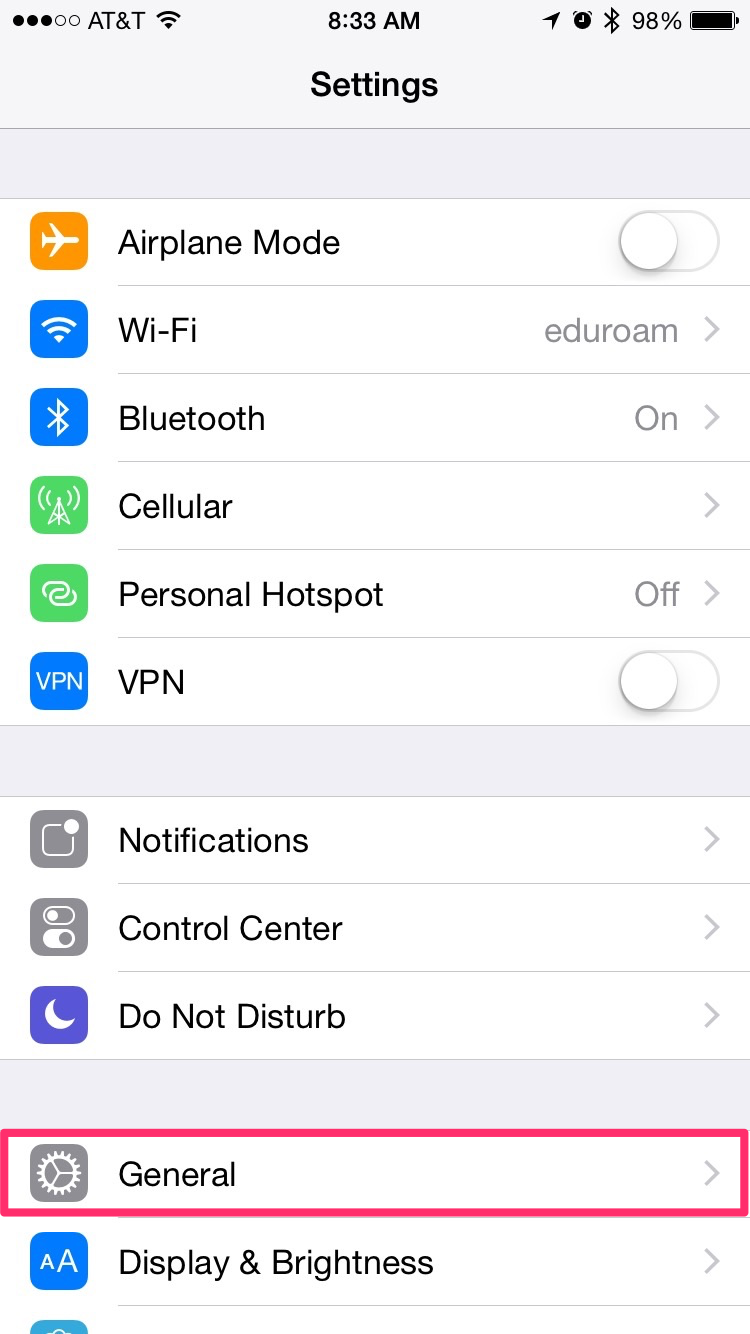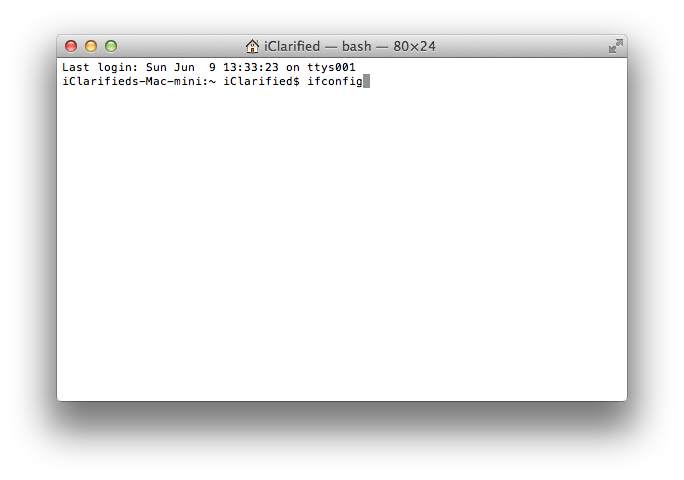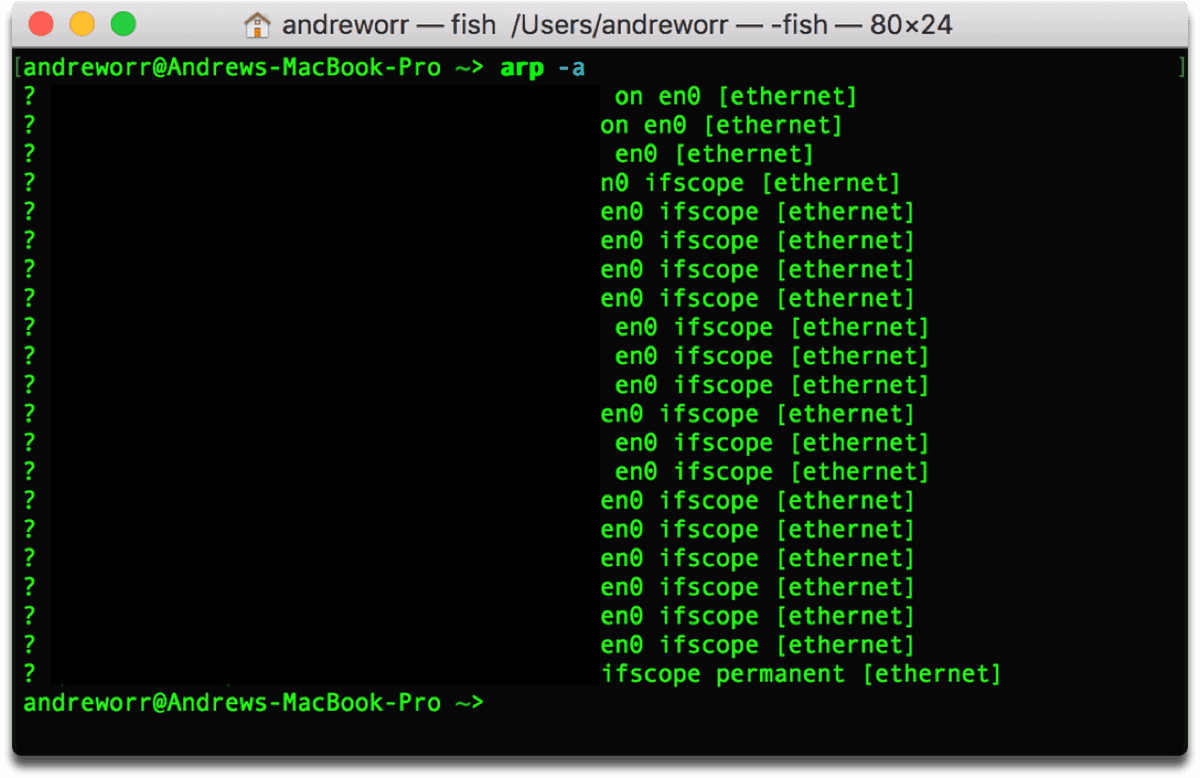

IOS 14, iPadOS 14, and watchOS 7 introduce a new Wi-Fi privacy feature: When an iPhone, iPad, iPod touch, or Apple Watch connects to a Wi-Fi network, it identifies itself with a unique (random) MAC address per network. Apple has informed Wi-Fi manufacturers that iOS and iPadOS Wi-Fi scans use a randomized MAC address and that neither Apple nor manufacturers can predict these randomized MAC addresses. ePNO scans are run when a device uses Location Services for apps that use geofences, such as location-based reminders that determine whether the device is near a specific location.īecause a device’s MAC address changes when disconnected from a Wi-Fi network, it can’t be used to persistently track a device by passive observers of Wi-Fi traffic, even when the device is connected to a cellular network. Wi-Fi MAC address randomization support is available on iPhone 5 or later.Īpple platforms also use a randomized MAC address when conducting enhanced Preferred Network Offload (ePNO) scans when a device isn’t associated with a Wi-Fi network or its processor is asleep. Note that Wi-Fi scans that happen while trying to connect to a preferred Wi-Fi network aren’t randomized.

These scans can be performed to find and connect to a known Wi-Fi network or to assist Location Services for apps that use geofences, such as location-based reminders or fixing a location in Apple Maps. iPhone Text Message Forwarding securityĪpple platforms use a randomized media access control address (MAC address) when performing Wi-Fi scans when not associated with a Wi-Fi network.How iMessage sends and receives messages.Adding transit and student ID cards to Wallet.Rendering cards unusable with Apple Pay.Adding credit or debit cards to Apple Pay.Protecting access to user’s health data.



 0 kommentar(er)
0 kommentar(er)
